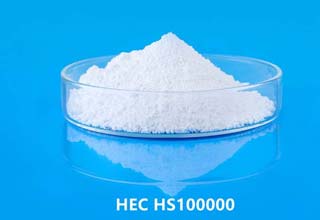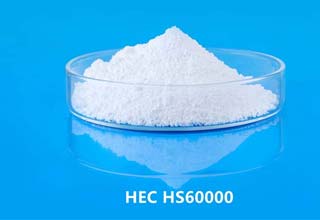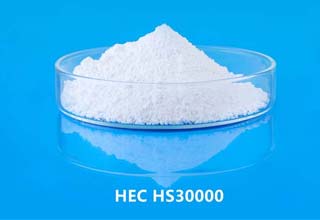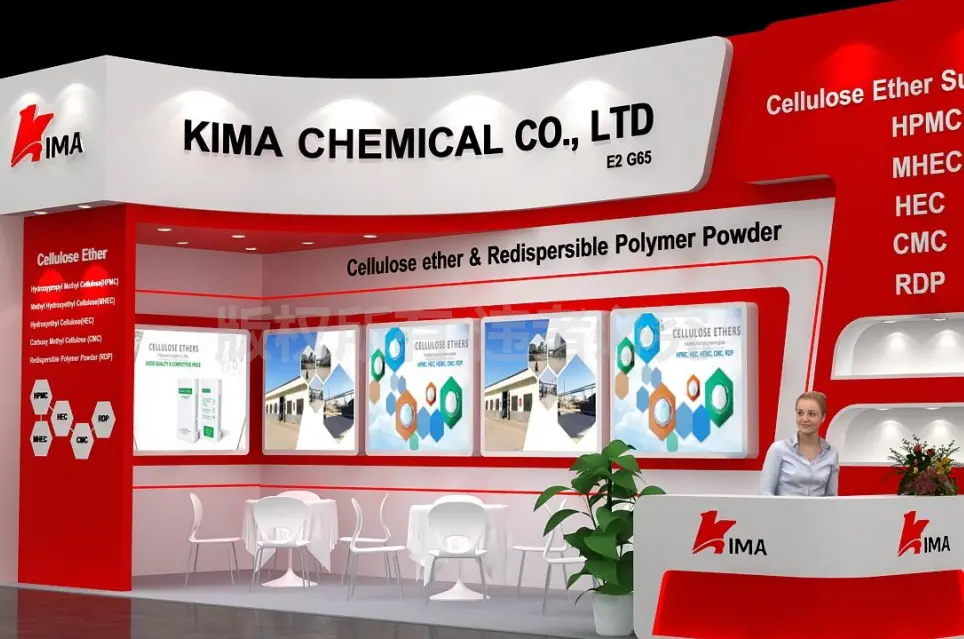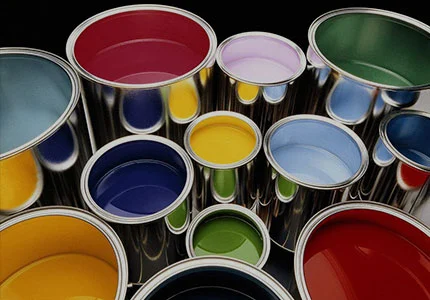Hydroxyethyl Cellulose HEC in paint formulations can help to improve the performance, stability, and ease of use of water-based paints and coatings, making them a popular choice for a wide range of applications.Here are some advantages of using HEC in paint formulations:
Improved viscosity control:
HEC is an effective thickener that can be used to adjust the viscosity of paint formulations and improve their flow properties. This can help to prevent sagging, running, or dripping during application, and ensure that the paint adheres properly to the substrate.
Enhanced water retention:
HEC has excellent water retention properties, which can help to prevent water loss and improve the workability of paint formulations during application.
Better pigment dispersion:
HEC can help to disperse pigments and other solid particles in the paint formulation, ensuring that they are evenly distributed and reducing the risk of clumping or settling.
Improved film formation:
HEC can contribute to the formation of a smooth, continuous film on the substrate, improving the appearance and durability of the painted surface.
Increased stability:
HEC can help to stabilize paint formulations, preventing the settling or separation of pigments and other components.
Non-toxic and safe:
HEC is a non-toxic and safe additive that can be used in a variety of applications, including paint and coating products.
 English
English 日本語
日本語 français
français Deutsch
Deutsch Español
Español italiano
italiano русский
русский português
português العربية
العربية Türkçe
Türkçe Nederland
Nederland

